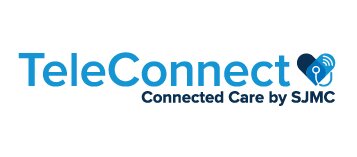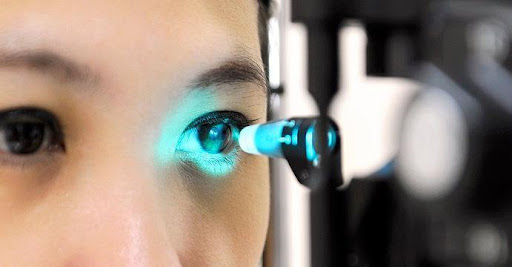Types of laser treatments for glaucoma
Laser trabeculoplasty
Laser trabeculoplasty is a laser procedure for primary open-angle glaucoma. It targets the trabecular meshwork to stimulate or increase the outflow of the aqueous, thereby reducing the intraocular pressure (IOP).
There are different types of lasers for trabeculoplasty, such as:
-
Argon laser trabeculoplasty (ALT)
-
Selective laser trabeculoplasty (SLT)
Patients with secondary glaucoma like Uveitic Glaucoma, Rubeotic or Neovascular Glaucoma and Glaucoma secondary to eye injury are not suitable candidates for laser trabeculoplasty.
Laser peripheral iridotomy (LPI)
For the treatment of narrow-angle and closed-angle glaucoma, the angle or aqueous drainage site between the iris and cornea in the eye is very narrow. This causes the iris to block aqueous drainage and result in a rapid rise in IOP.
LPI creates a small hole in the iris to facilitate fluid flow and to open up the angle or drainage site of the eye.
It is the definitive emergency treatment when a patient comes to the hospital’s emergency room with severe eye pain and vision loss. Extreme high IOP of 50 mmHg or above causes severe headache associated with nausea and vomiting often misinterpreted as migraine, brain tumour or acute gastritis. Closed-angle glaucoma can cause blindness within hours.
Prophylactic or Preventive LPI could be performed in the eye with a narrow-angle during an eye screening. This is to prevent sudden angle closure and rise in IOP. Thus, angle-closure glaucoma can be prevented.
Laser cyclophotocoagulation
This laser procedure aims to decrease the aqueous production by treating or killing part of the ciliary body (tissue behind the iris responsible for producing aqueous). Laser cyclophotocoagulation can be used to treat either open-angle or angle-closure glaucoma.
For some patients, laser cyclophotocoagulation is used to reduce eye pressure to a level that minimises future glaucoma-related visual loss.
Side effects and recovery from laser treatments
Like any other medical treatment, there are possible side effects to laser treatment.
Swelling or discomfort are the common side effects. The laser can often scratch or dry up the cornea (the transparent front layer of the eye). This can be uncomfortable, but it normally subsides as the cornea heals. You could get eye drops from your eye doctor to help with the dryness.
Most people may resume their normal daily activities the day after their laser treatment. Your eye may be irritated and your vision may be hazy immediately following the treatment, so you will need someone to drive you home from the doctor's office.
Follow up treatment
Laser treatment is quite effective for the vast majority of individuals. However, you will have to wait four to six weeks to see if the treatment was successful.
Even after laser treatment, most people will need to continue taking their glaucoma medication. You will also need to return for a few follow-up appointments so your eye doctor can check your eye pressure.
Some patients may require laser treatment more than once because the treatment wears off over time. Other treatments, such as glaucoma surgery, may be suggested by your doctor if laser treatment does not show any improvement. At EYECENTRIC, our team of highly experienced eye surgeons also offer a range of services, from surgery to fix cataracts to treatment of retinal disorders like retinal detachment and macular degeneration.
Meet our Specialist
Dato’ Dr Linda Teoh Oon Cheng
Designation
Consultant Ophthalmologist and Glaucoma Surgeon
Dr Lee Ming Yueh
Designation
Consultant Ophthalmologist and Glaucoma Surgeon






